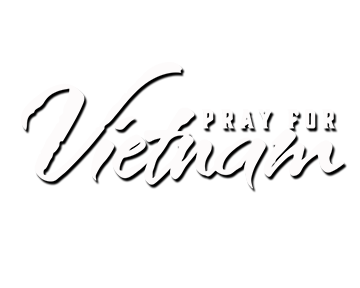Name: Ho Chi Minh City
Significance: Vietnam’s largest city and economic hub
Population: Approximately 7.3 million; approximately 10 million including suburban areas
History: Ho Chi Minh City, formerly Saigon, lies in southern Vietnam along the Siagon River and north of the Mekong River. During the 1800s when the French controlled Vietnam, the city became a major port city and metropolitan center. When the Viet Minh group declared independence for Vietnam under the leadership of Ho Chi Minh in the north, a riot broke out in the city of Saigon. French troops regained control, beginning the first French Indochina War.
A Geneva conference ended that war in 1945, splitting Vietnam into north and south, causing Saigon to be named the capital of South Vietnam. Later, during the Vietnam War, Saigon was the headquarters for U.S. military operations until 1975, when North Vietnam conquered the south and took over the city. It was then that Saigon was renamed Ho Chi Minh City after the communist leader and the country was united once again.
Culture: Though Hanoi is the capital of Vietnam today, Ho Chi Minh city remains Vietnam’s largest and fastest growing city, the hub for economic and financial development. The bustling metropolis attracts migrant workers from provinces as well as international business, causing rapid population growth. Recently, Ho Chi Minh City expanded to a free-market system, welcoming in more business and rapidly changing the city skyline. The city is booming with new factories and businesses, and many international brands are increasing their presence in the city.
The city has 19 urban districts including 12 inner districts and seven other districts. All throughout the city there is a mix of new urban life with old Vietnamese traditions. Though skyscrapers are plentiful, other buildings are still reminiscent of the days of French occupation with French style villas and public buildings. Activities abound from museums to markets to upscale shopping districts.
Like much of Vietnam, the overall population of Ho Chi Minh City is very young, with over half the population under the age of 35. About 50 percent of people living in Ho Chi Minh City claim Buddhism as their religion. Behind that, approximately 30 percent adhere to no religion at all. Most people in Ho Chi Minh City are from the majority people group, the Kinh. They represent up to 90 percent of Ho Chi Minh City residents, with other minority groups like Khmer and Hoa people making up the other 10 percent.
Pray for Ho Chi Minh City:
- In such a large city, less than three percent of men, women, and children in Ho Chi Minh City know Jesus Christ as their Lord and Savior. Pray for this statistic to change. Ask God to open the minds and hearts of Ho Chi Minh City residents to hear and respond to the good news of Jesus Christ.
- With a rapidly growing economy and population, Ho Chi Minh City is the destination for many migrant workers seeking a better life. This puts strain on the already overcrowded districts in the city. Pray for job opportunities for these migrant workers. Ask God to provide for their needs and send Christians to minister to them both physically and spiritually.
- Pray that Christians in international business would leverage their jobs to advance the gospel in Ho Chi Minh City.

